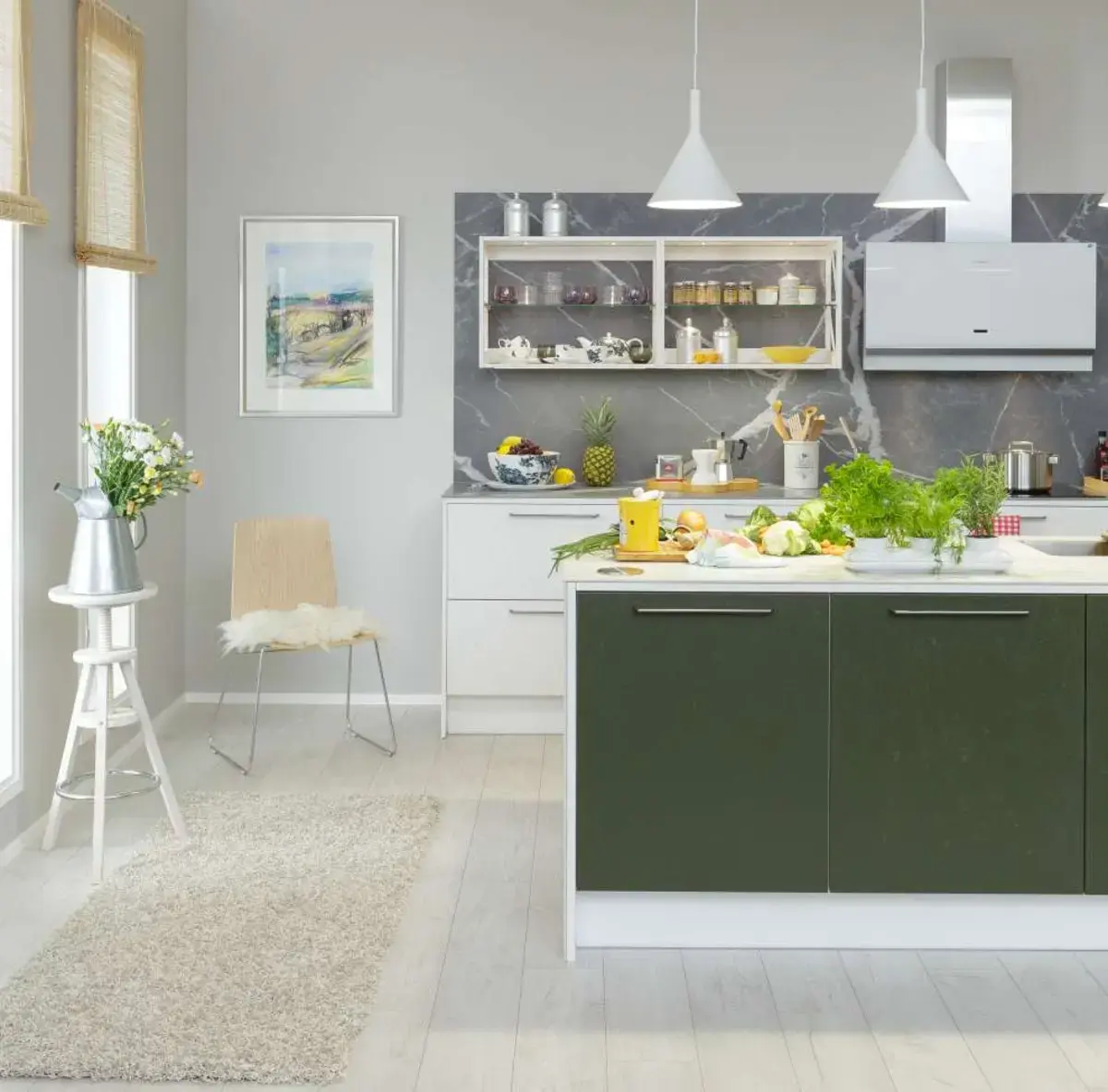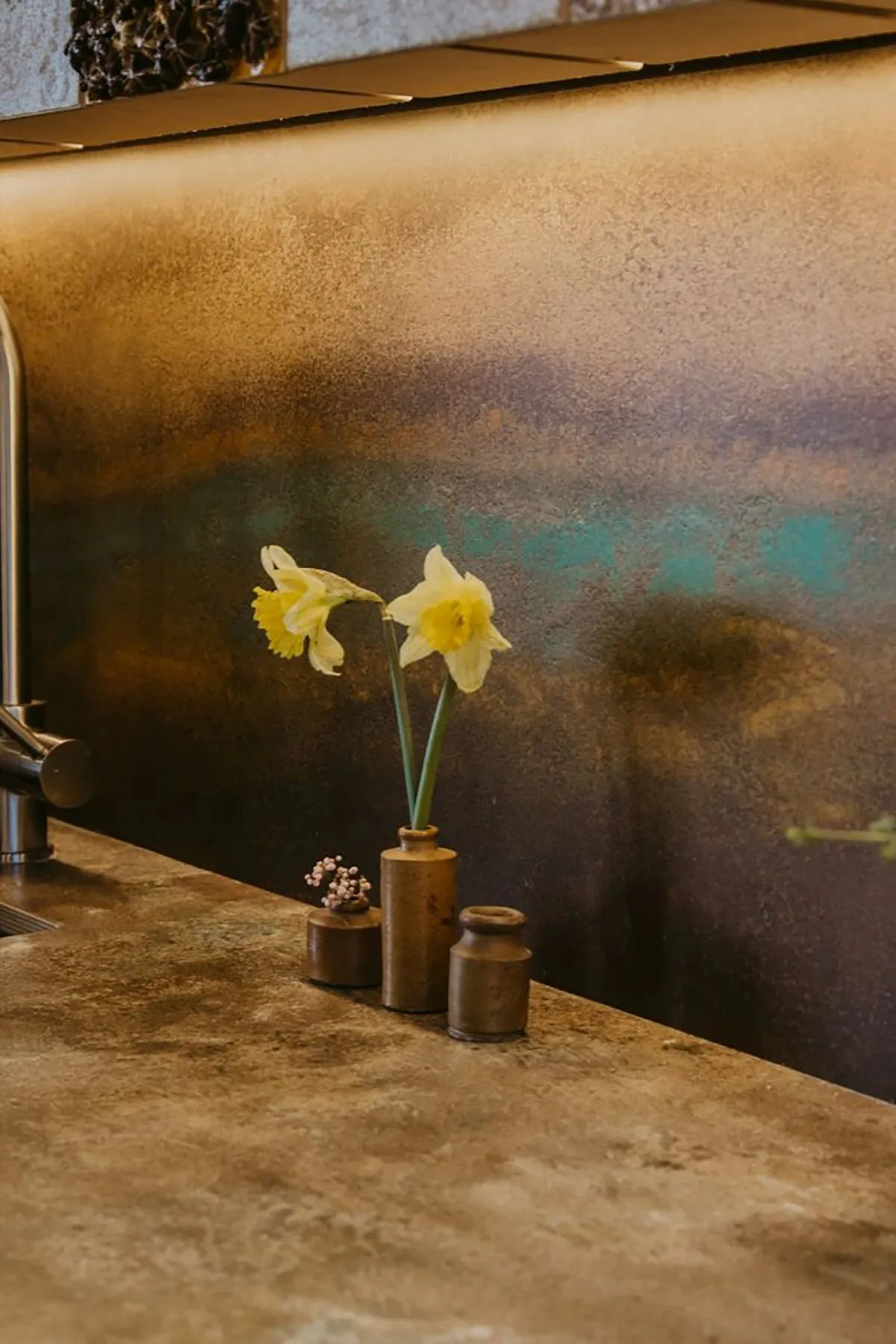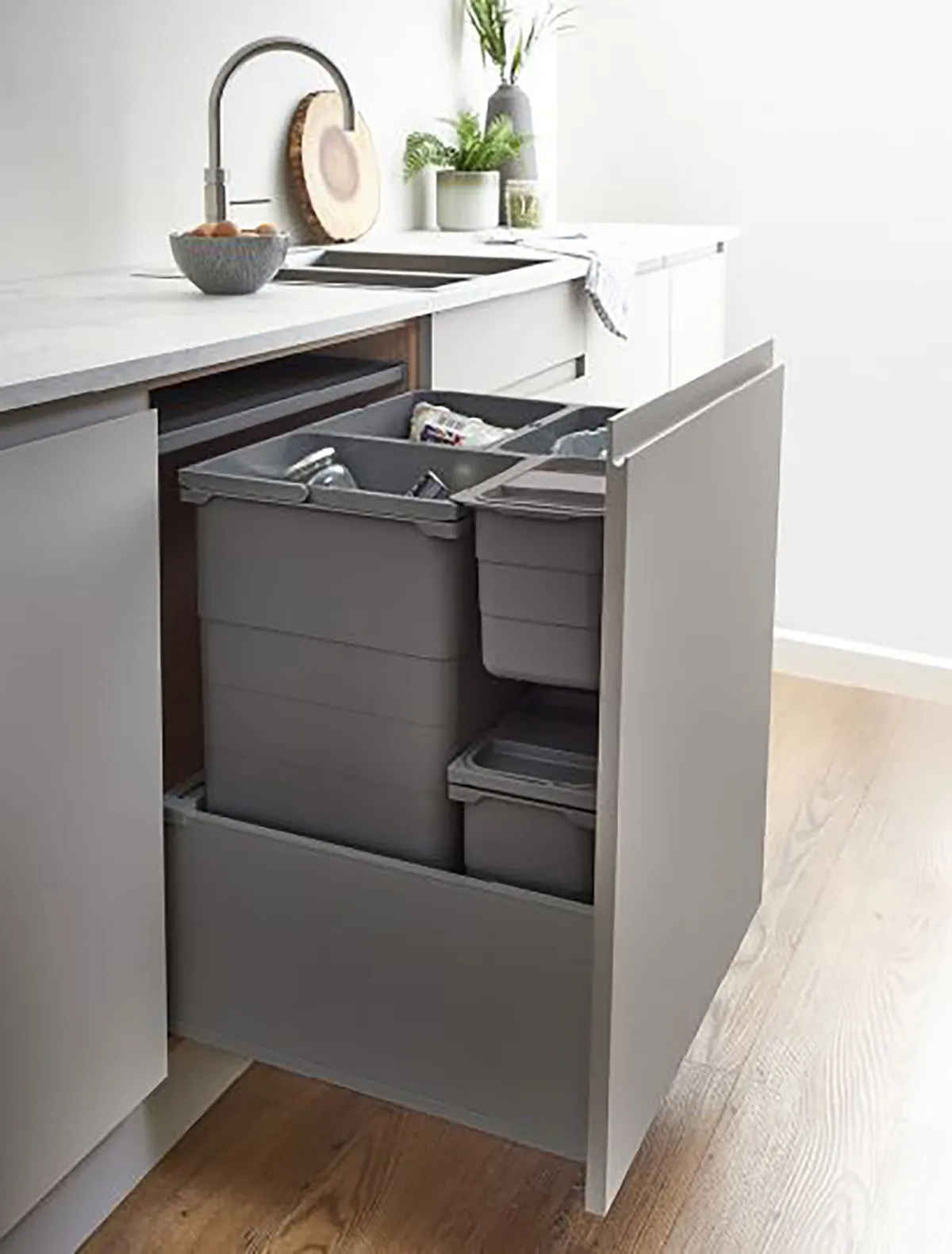- Log in to post comments

What Does Sustainability Mean?
What Does Sustainability Mean?
Sustainability is more than just a buzzword; it's a commitment to reducing our environmental footprint and making thoughtful choices that benefit both the planet and our well-being. When it comes to kitchens, sustainability encompasses various practices and decisions, from using existing resources to selecting eco-friendly materials and designing for long-term use. This blog will explore key aspects of creating a sustainable kitchen, providing practical tips and considerations to help you make your kitchen as sustainable as possible.
Use What You Have
Use What You Have
One of the most environmentally responsible (and economical) decisions you can make is to use what you already have. Repurposing existing furniture and only incorporating new elements where necessary minimises waste and reduces the demand for new resources. Here’s how to make the most of your current kitchen setup:
- Assess and Repurpose: Conduct a thorough survey of your kitchen to evaluate the condition of cabinets, countertops, and appliances. Determine what can be reused or re-purposed. For example, you might repaint or re-face existing door and drawer fronts instead of replacing them entirely.
- Structural Integrity: Ensure that existing structures, like cabinet carcasses, can handle any new additions. For instance, if you’re planning to install heavier doors, check that the current carcasses can support the weight of the new door fronts.
- Mechanical Parts: Verify that all mechanical parts, such as hinges and drawer runners, are in good working order. Replace any worn-out parts to avoid future issues.
While re-using existing elements is highly sustainable, it may limit some of the design changes you can make (for example, to the layout). However, careful planning and a little creativity can help you achieve a refreshed look without the need for a complete overhaul.
Materials Matter
Materials Matter
The choice of materials plays a crucial role in the sustainability of your kitchen. Not all materials are created equal; some are more durable, recyclable and less toxic than others. Here’s what to consider when selecting materials for your kitchen:
- Durability and Lifecycle: Opt for high-quality materials that will last longer. Although these might come with a higher initial cost, their extended lifespan means fewer replacements over time, which is more sustainable and less expensive in the long run. Invest in the best quality that you can afford.
- Recyclability: Choose materials that can be responsibly disposed of, upcycled or recycled at the end of their lifecycle. For example, materials like porcelain and solid wood are more sustainable choices compared to quartz or laminate, which are harder to recycle.
- Toxicity: Be aware of the volatile organic compounds (VOCs) present in some resins and glues used in manufacturing. VOCs can negatively impact indoor air quality and health. Look for materials that use low-VOC adhesives and finishes.
- Provenance: Investigate where your materials are sourced and who produces them. Materials certified by the PEFC (Programme for the Endorsement of Forest Certification) or the FSC (Forest Stewardship Council) ensure responsible forestry practices are adhered to. Additionally, prioritise materials from ethical and environmentally friendly manufacturers. Social responsibility shouldn’t just apply to where you buy your coffee and clothing.
Use Less
Use Less
Sustainability also means being mindful of how much you use. This principle applies to both materials and resources in your kitchen:
- Efficient Design: Plan your kitchen layout to optimise space and functionality, reducing the need for excessive materials. A well-designed kitchen can function effectively with fewer resources. A good example of this is using a 12mm thick worktop over a 20mm worktop.
- Minimalist Approach: Adopt a minimalist mindset, focusing on essential items and avoiding unnecessary items. This approach not only reduces waste but also creates a more organised and efficient kitchen space. Do you need wall-to-wall or wall cabinets or will half of them be empty? Could you have a decorative second-hand dresser there instead? These are all valid questions to ask yourself.
Design Your Kitchen for Sustainable Living
Design Your Kitchen for Sustainable Living
Designing a kitchen for sustainable living involves practical considerations:
- Waste Management: Install systems that make sorting and recycling waste easy. This could include separate bins for recyclables, composting systems, and easy-to-access waste disposal areas.
- Energy Efficiency: Choose energy-efficient lighting and appliances that consume less power (and reduce your energy bills).
- Adaptability and Future-Proofing: Design your kitchen with flexibility in mind. Ensure that it can be easily modified to accommodate changing needs without requiring a complete renovation. For instance, modular cabinets and adjustable shelving can be reconfigured as your requirements evolve.
Form Follows Function
Form Follows Function
When designing a sustainable kitchen, it's crucial to consider functionality first and foremost. Clients often start with an inspirational image of their dream kitchen but haven’t yet considered the parameters of their own space and how they plan to use it. While inspirational images are incredibly useful when deciding what materials and finishes to use, the first step is to think about your specific spatial requirements and functional needs:
- Prioritise Functionality: Think about how you will use the kitchen. Consider your daily routines, storage needs and workflow. This is essential in creating a space that works for you. Ask yourself what you like about your existing kitchen setup and what you would like to change.
- Appliances: Consider the appliances you want. You don't need to be an expert, but it's crucial to list the number and types of appliances you need, as this will significantly impact the layout (and budget!).
- Budget: Be realistic about what can be achieved within your budget. For example, creating separate budgets for appliances, worktops, and cabinetry can help prioritise spending and decision-making.
- Aesthetics: Sustainable materials come in a diverse range of styles and finishes. It's entirely possible to design your dream kitchen without sacrificing aesthetics.
By focusing on functionality first, you can ensure your kitchen meets your practical needs while still achieving the look you want with sustainable materials.
In Summary...
In Summary...
Creating a sustainable kitchen involves thoughtful decisions at every stage, from planning and design to material selection and daily use. By repurposing existing elements, choosing durable and eco-friendly materials, minimising resource use, and designing for adaptability, you can significantly reduce your kitchen's environmental impact. With a wide range of sustainable materials and finishes available, achieving a beautiful and functional kitchen is easier than ever.
Are you ready to transform your kitchen into a sustainable space? Contact us for your complimentary design consultation. And remember, every small step towards sustainability makes a difference.


